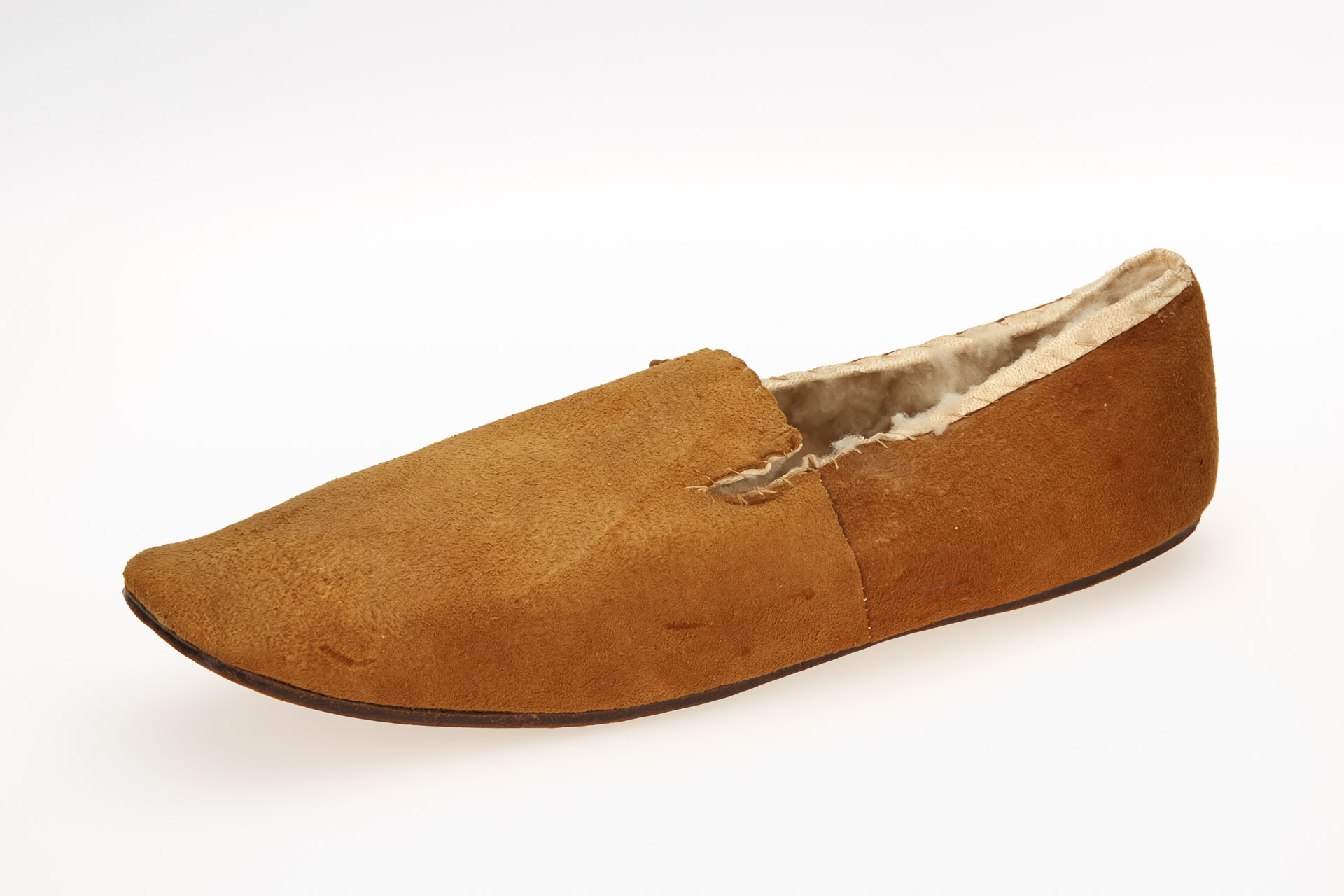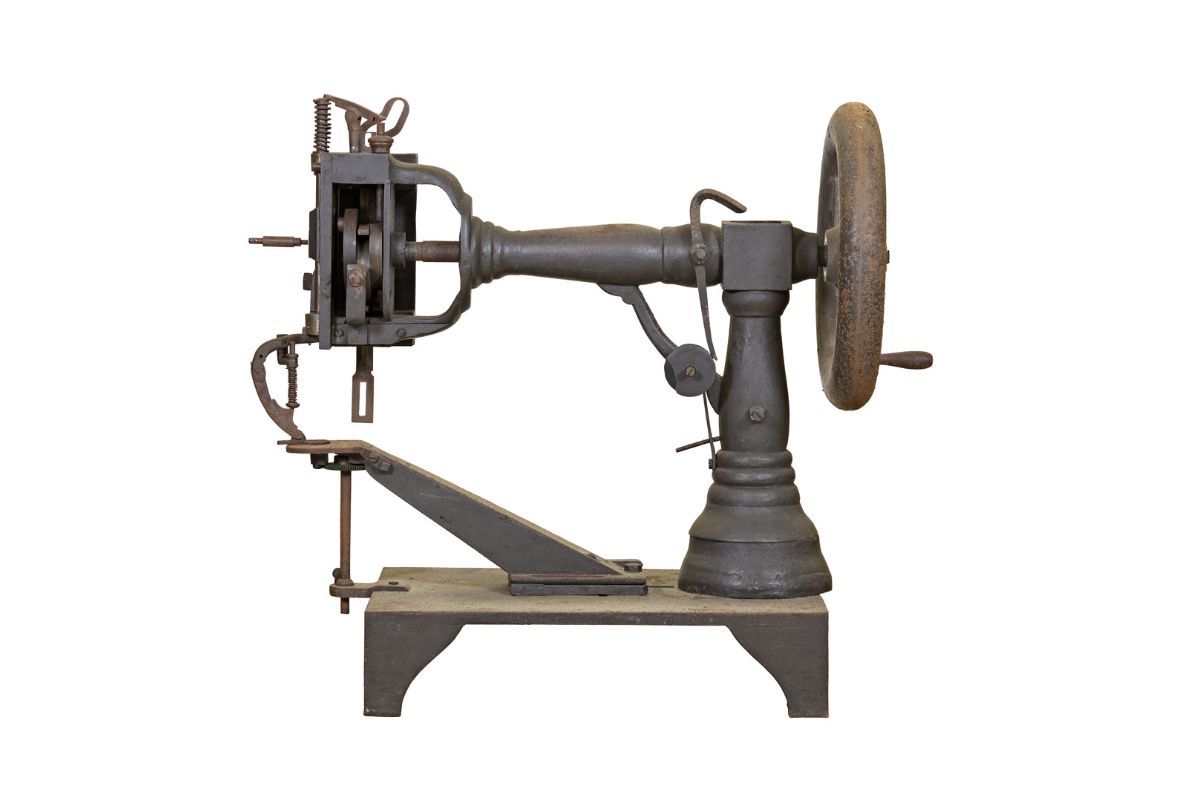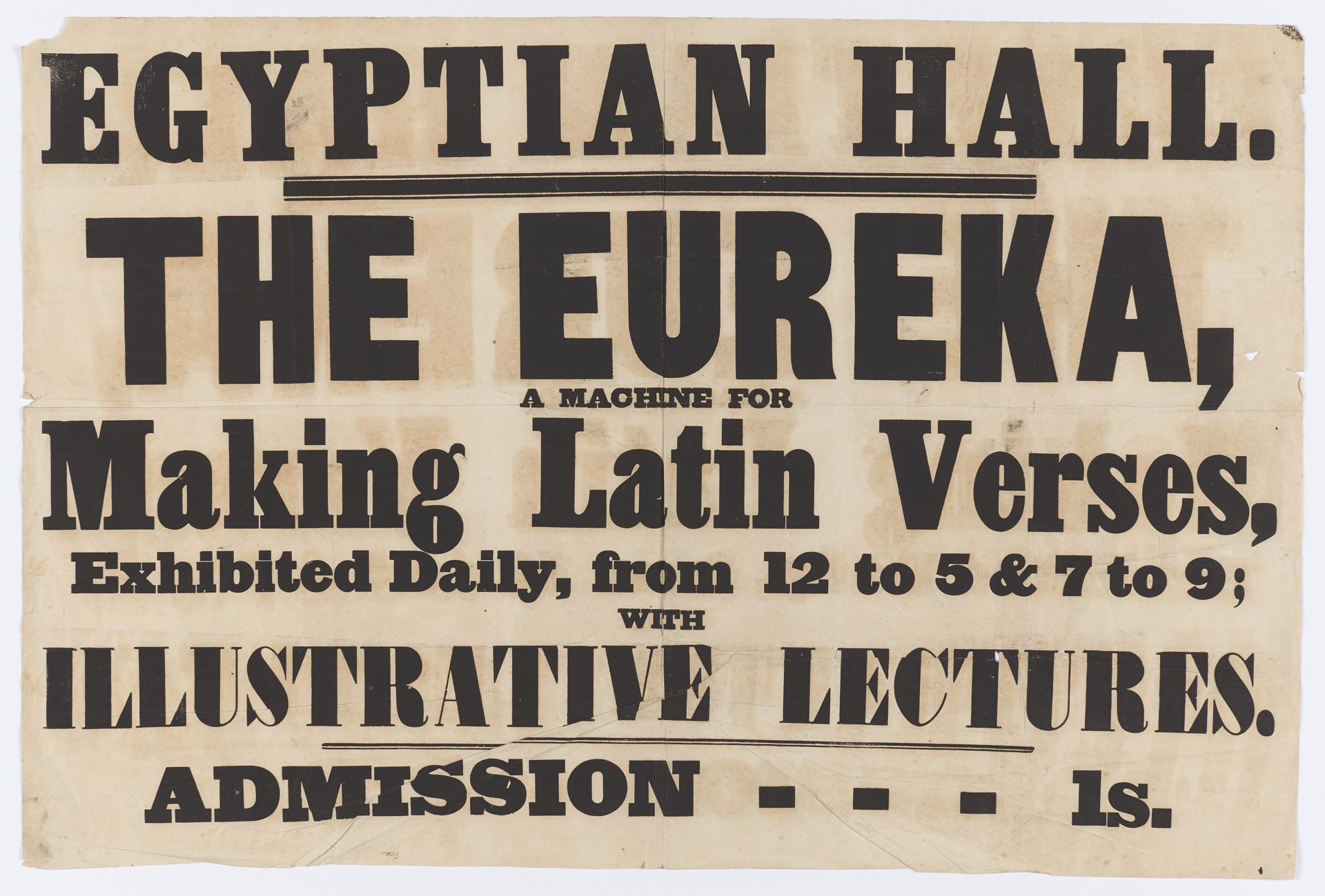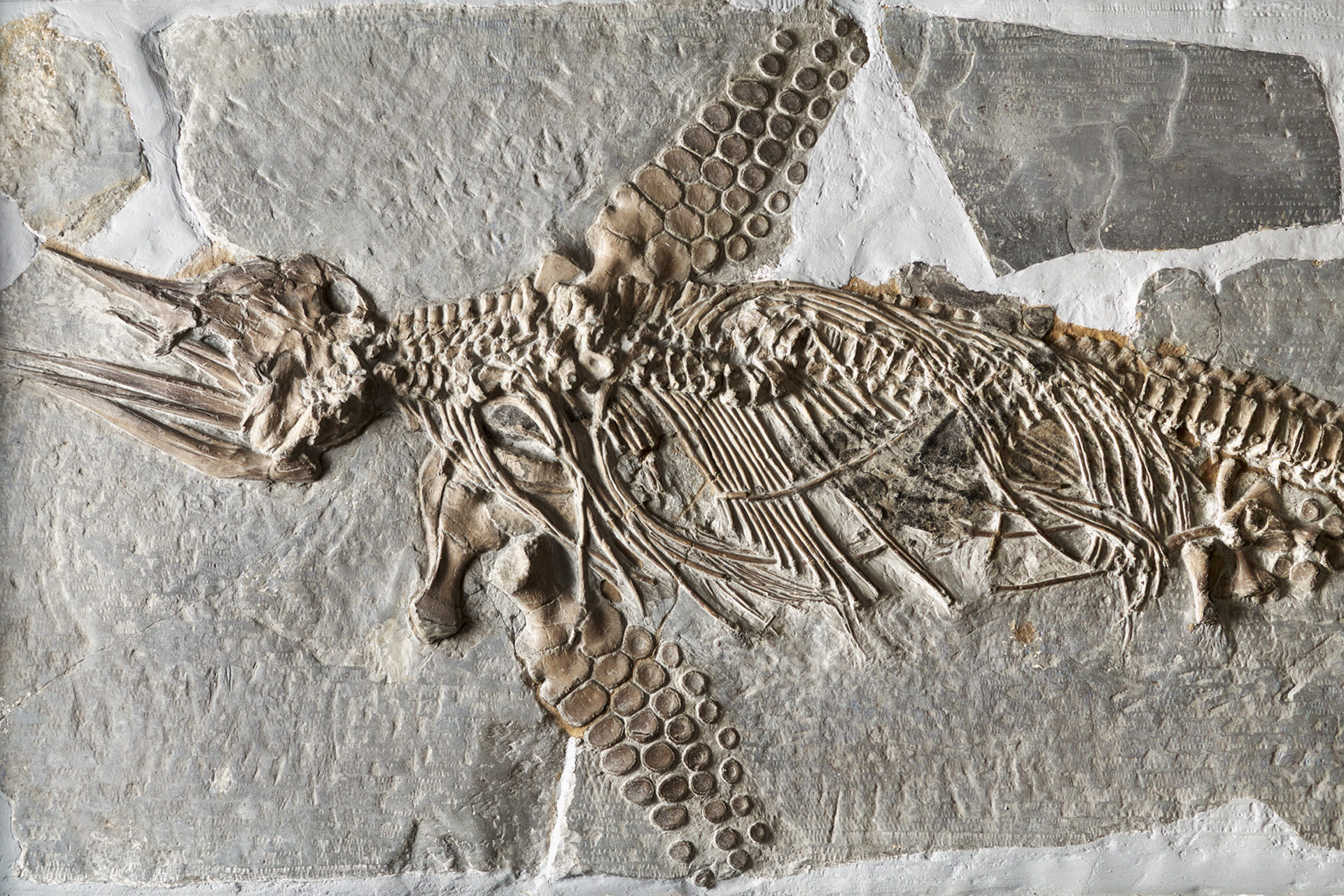object highlight
Brown Petersburgh
Clarks began making slippers called the 'Brown Petersburgh' as a side project to their sheepskin rug business. Made by hand using off-cuts of sheep fleece, these cosy affordable slippers became popular and were the foundation of C&J Clarks footwear business.
The Brown Petersburgh was the first Clarks ‘shoe’.
Before C & J Clark were a footwear company, they made sheepskin rugs. James Clark joined his brother Cyrus as an apprentice in 1828 and had the idea to use the short wool skins that wouldn’t be used in the manufacture of sheepskin rugs for footwear. He enlisted a local skilled shoemaker Esau Whitnell to help him with the making of slippers. The Brown Petersburgs were born. As James travelled to sell the rugs, he found there was a growing interest in his slippers due to their comfort and relative affordability.
The ‘Brown Petersburgh’ was made by hand in Street. There were no factories at this time, so the brothers – now trading as C&J Clark – relied on outworkers to meet the growing demand. The workers collected the leather from the tannery, along with a pattern, took the whole lot home and turned it into slippers. Production was often a family affair – everyone did their bit of cutting, sticking and sewing. Then, every Friday, all the finished footwear would be taken to Cyrus and James and swapped for wages.
Image: This example is circa 1885. Pair men’s unfinished tan suede sheepskin lined Albert slippers; C & J Clark ‘Brown Petersburg’, c. 1885.

-

Collection
Brown Petersburgh
Clarks began making slippers called the ‘Brown Petersburgh’ as a side project to their sheepskin rug business. Made by hand using off-cuts of sheep fleece, these cosy affordable slippers became popular and were the foundation of C&J Clarks footwear business.
Read full story -

Collection
Crispin Sewing Machine
The 1863 Crispin Sewing Machine was an Innovation in Sole Stitching
Read full story -

Collection
Latin Verse Machine
‘Eureka’ is a marvellous machine which creates Latin poetry. This remarkable invention was created by Bridgwater eccentric John Clark (1785-1853)
Read full story -

Collection
Fossils
An internationally important collection of Jurassic fossils collected by Alfred Gillett, a member of the Clark family, and members of the 19th century Somerset Archaeological Society.
Read full story